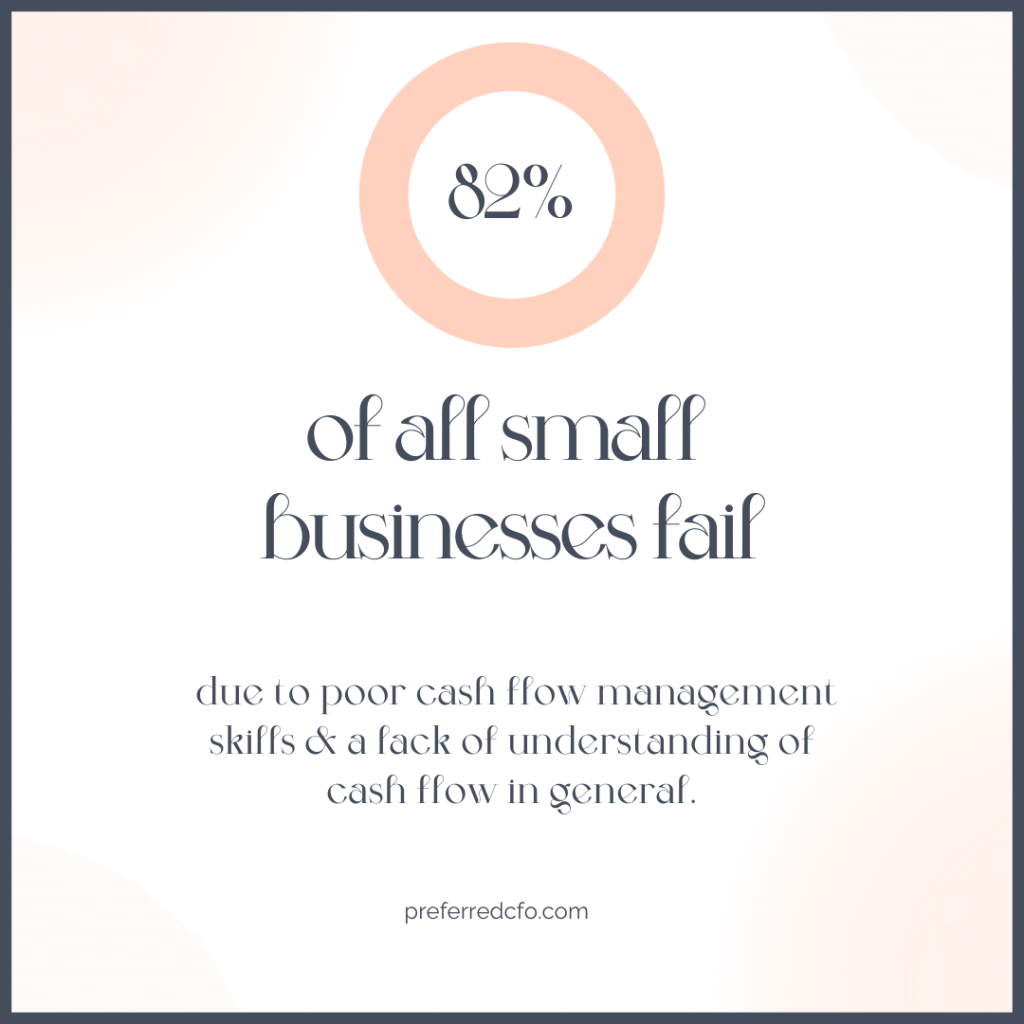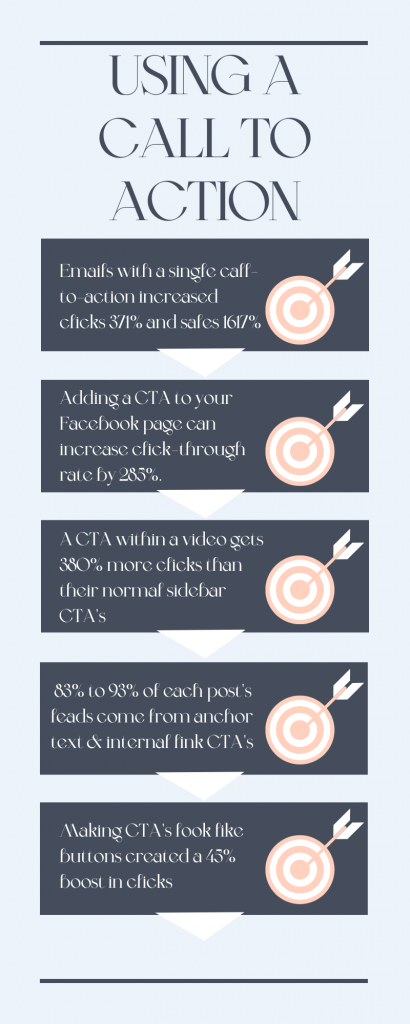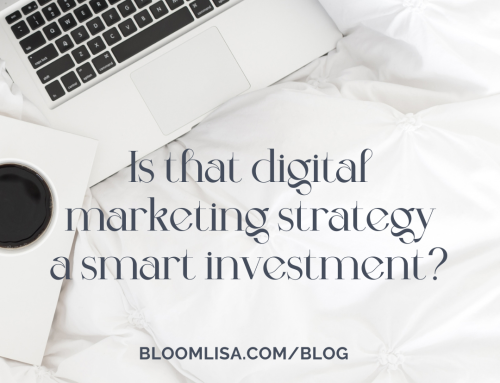
Have you ever been at a meeting when someone drops digital marketing acronyms and you attempt to inconspicuously google them under the table on your phone?
Many people find it the more desirable option to sit in uncomfortable silence rather than being vulnerable.
If you asked the majority of people in those situations they would graciously admit that they too were sitting there silently racking their brains for the meaning of said acronym and didn’t want to be the person voicing the query.
However if we flip the script, we can see that people who seek out knowledge are nothing less than powerful and courageous leaders. In fact, we need more people to put down their armour and set aside their protective shield of saving face and replace it with curiosity, vulnerability and authenticity. I want to be part of this revolution of breaking down those barriers. In a tight & right list here is a curated a Simple Guide to Confusing Marketing Acronyms for online business so you never have to panic again.
Business Relationships
KLT ~ Stands for Know, Like and Trust and it’s the secret to getting more customers and more repeat buyers for your business.
MRR ~ Simply put, monthly recurring revenue (MRR) is income that a business can count on receiving every single month – a predictable revenue! It’s a consistent number you can use to track all of your recurring revenue over time, in monthly increments.
KPI ~ Key Performance Indicator. In the first step, you must be aware of the goals and success metrics of your business. They should be the indicators of your success.
ROI ~ Return on investment (ROI) is a metric used to understand the profitability of an investment. ROI compares how much you paid for an investment to how much you earned to evaluate its efficiency.
P&L ~P/L, or P&L, stands for profit and loss statement. It is one of three key financial statements for a business. The other two statements are the balance sheet and statement of cash flows.
Bookkeeping and Financial

AR ~ Accounts Receivable The amount of money owed by customers or clients to a business after goods or services have been delivered and/or used.
AP ~ Accounts Payable The amount of money a company owes creditors (suppliers, etc.) in return for goods and/or services they have delivered.
BS ~ Balance Sheet A financial report that summarizes a company’s assets (what it owns), liabilities (what it owes) and owner or shareholder equity, at a given time.
CF ~ Cash Flow The generated revenue or expense through business activities (sales, manufacturing, etc.) over a period of time.
Digital Marketing & Advertising
SEO ~ Search Engine Optimization.
This is the optimization of your website for getting ranked in search engine result pages.
PPC – Pay Per Click
PPC comes under the PPC acronyms. A model when a marketer gets a certain amount when it’s publisher’s ad is clicked.
CPC ~ Cost Per Click
The amount of money spent to get an ad clicked when running PPC campaigns.
BR – Bounce Rate.
This can be related to the website or email. With websites it’s reflective of people landing on the page and leaving without clicking on anything. With email, BR reflects the number of undeliverable emails sent to recipients.
UI ~ User Interface
A good user interface provides user-friendly experience by allowing users to interact.
URL ~ Uniform Resource Locator
URL is actually the web address.
UV ~ Unique Visitor
A person who visits your website more than once within a defined period of time.
UX (User Experience) The overall experience that a customer has with your business.
CRO ~ Conversion Rate Optimization
The process of optimizing your website like the design of your website for increasing conversion rates.
Digital Sales
CTR ~ Click Through Rate
The percentage of the number of clicks on CTA over the total number of people that can click.
AIDA~ (Attention, Interest, Desire, Action)
It is a four-step purchase funnel where customers travel from attention to action.
SERP ~Search Engine Results Page. A company’s SERP ranking makes the difference between success and failure. The SERP is the page users see right after typing a query into search engines like Google or Bing. Every company in the world wants that top ranking.
TLS ~ Transport Layer Security
Deploying a TLS certificate for your website will trigger https(opens in a new window)
and a lock symbol to appear in the URL bar. This tells visitors and search engines that your website is secure. Security has many benefits, especially if you are selling products online. Having a TLS certificate not only lets users know your site is secure, but it can provide a search engine ranking boost because Google gives priority to TLS websites(opens in a new window)over non-secure sites. If your site does not have a TLS certificate, you can quickly buy and install one.
CPA ~ Cost Per Action
A model in which an advertiser pays only for the action someone takes like a click, impression or sale.
CPL ~ Cost Per Lead
The amount it costs for your organization to acquire a lead.
CR ~ Conversion Rate
CR is a sales acronym. The people who completed the desired action on a web page, such as making a purchase.
Social Media

SM ~ Social Media
Applications and websites that enable users to create and share content or to participate in social networking.
SMM ~ Social Media Marketing
It is the use of social media platforms to promote a product or service.
CTA ~ Call to Action a marketing term that refers to the next step or the action that the business owner wants the consumer to take. Calls to action can be as direct, such as a button that says “Buy Now,” or a softer CTA such as “Read More.”
Platforms
FB ~ Facebook
IG ~ Instagram
LI ~ LinkedIn
YT ~ YouTube
TW ~Twitter
DM ~Direct message. Refers to a message sent between two users. Mostly used on Twitter and Instagram. You’ll typically find users and companies asking followers to “DM for inquiries” as you can see in the screenshot below. You could use it in your Twitter bio or Instagram bio to specific types of messages if it fits your business.
MT ~ Modified tweet. This is when you alter the text of a tweet before resharing it. You would typically create a modified tweet to shorten the text and fit the character limit or remove the poster’s handle (in case they have a private account).
PM ~ Private message. It’s a more generic term for one-on-one communications that aren’t visible to the public and includes DMs as well.
RT ~When you share someone’s Tweet to your own feed, you are Retweeting them. Companies, influencers and celebrities alike
often ask their followers to “RT” a post if they agree with it. It’s a great way to gain more shares and visibility for your Tweets.
CMGR ~ Community manager. Not to be confused with social media manager The CMGR will be responsible for managing and nurturing a brand’s relationship with its community.
CMS ~ Content management system. The tool you use for editing, scheduling and publishing any form of written material for the web.
Traditional Sales
B2B ~ Business to business. Refers to companies that cater to the needs of other businesses.
B2C ~ Business to consumer. This refers to companies that sell
BANT ~ A methodology for qualifying leads in which sales reps confirm that a prospect has the budget, authority, need, and timeline to buy. If any of those factors aren’t in place, it’s unlikely that you’ll make the sale.
MQL ~ (Marketing Qualified Lead) MQLs are prospects that show interest in your product or service but are not yet ready to commit to buying. The sales development reps will be striving to convert the account into an SQL.
SQL ~(Sales Qualified Lead)
An SQL is a prospective customer with clear intent to buy a solution or product. They are often vetted by some combination of marketing and sales teams who will ensure they meet SQL criteria.
SAO ~ (Sales Accepted Opportunity)
A SAO is a prospective customer who will have been vetted by both the sales and marketing teams and is ready to move on to the next step in the sales process. They have displayed their intent to buy and it has been determined that they are the right fit for the product or service.
Customer Service
AHT ~ Average handle time. This is the measure of time the customer initiates the call to ending the call, including all hold times and transfers, as well as after call work
CSAT ~ Customer satisfaction It’s a commonly used metric that is a key performance indicator for customer service and product quality in all kinds of businesses. While customer satisfaction as an idea is a general one, CSAT is a more defined metric that’s expressed as a percentage. 100% would be fantastic – 0% would be terrible.
CSS ~ Customer self service Customer self-service empowers customers to find answers, how-to tutorials, and other support content on their own without the need for a service representative. Customer self-service usually combines knowledge bases with automated handling of basic administrative tasks.
CTI ~ Computer-telephony integration linking a call center’s telephone systems to their business applications, typically so that their business software can have more control over call management
FCR ~ First contact resolution the percent of contacts that will be resolved by the service desk on the first interaction with the customer. For live calls or web chats, this will mean that the customer’s issue will be resolved before they hang up the phone or end the chat session.
NPS ~ Net promoter score a customer loyalty and satisfaction measurement taken from asking customers how likely they are to recommend your product or service to others on a scale of 0-10
SLA ~ Service level agreement. This is a documented agreement between a service provider and a customer that identifies both the services required and the expected level of service. The agreement varies between vendors, services, and industries.
Onwards & upwards,
Your Coach,
Lisa
Photo By: Michele Mateus Photography
Connect on IG: @BloomLisa
Read more of my blogs for entrepreneurs.






